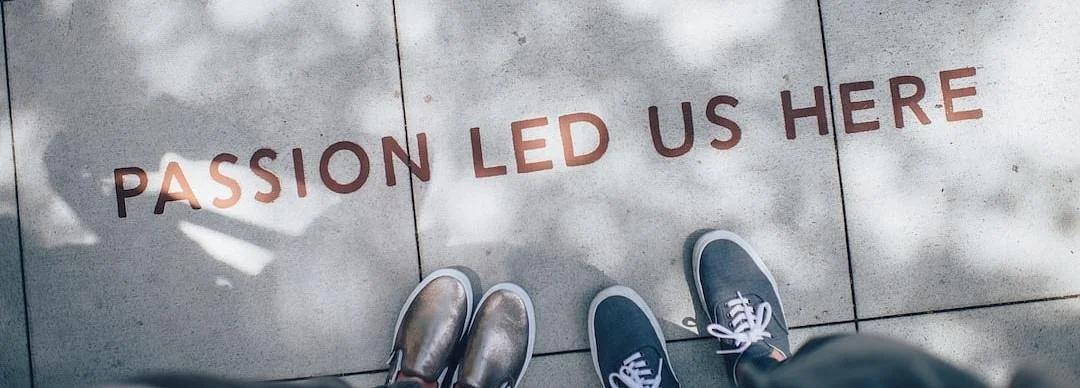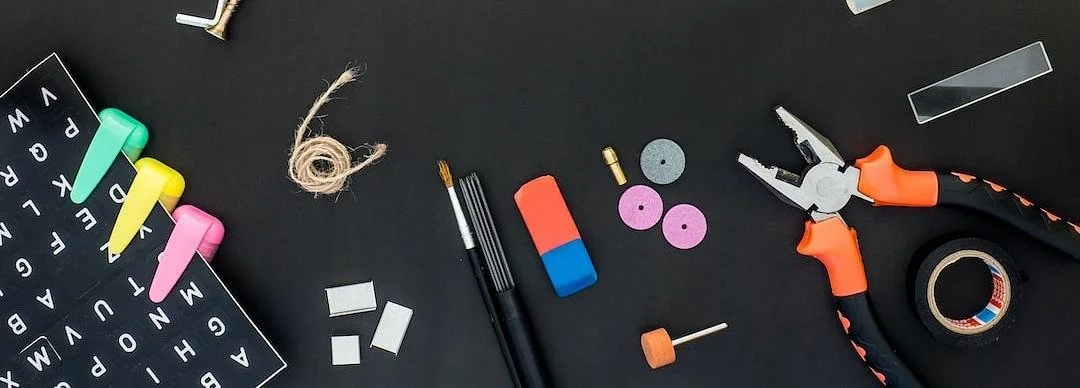This Thing of Caring
By
Ailie Rutherford
Image description: colour image on a white background. An artwork exploring string figuring. Greyscale shapes (circles, triangles and squares) are connected on various axes by arrows, both solid and dashed in bright pink and green.
Published in September 2021 as part of the extended digital edition of Social Works? Open journal…
“A lot has been written about care this last year. As multiple crises unfold and we work out how to reorganise our lives—both online and off—to meet our needs, the ways we connect and care for each other have shifted into new territory.”
There was an interesting moment when so many people previously engulfed in competitive and profit-driven modes of operation newly tuned in to ideas of community care and cooperation. As privileged folk were forced to take time out of their careers and become active in their local communities, often for the first time, a lot was written about mutual aid and community care as if this had never existed before. Meanwhile, so many vital services and grassroots care networks have been utterly stripped of their resources. The crisis of care we are seeing lays bare the structural inequality of our economy, such as the injustices faced by BIPOC and migrant communities when hostile state policies prevent people from accessing the care they need, while new forms of abuse are springing up all over. Women in particular remain marginalised and over-burdened through gig work and online care platforms with algorithms trained on misogynist systems. While the patriarchal imperialism of economics continues to code domestic and emotional labour as feminine work, keeping this invisible labour under-valued and largely unpaid.
As we muddle through the ongoing Covid pandemic, a great deal of profit-making work has been deemed essential while the work of activists, artists, and community organisers is considered a danger to public health. We are stripped of our means of production, left with this feeling of impotency in the face of economic, social, environmental, and health crises. And so many questions: How do we organise socially distant collective action? What radical new care networks of interdependency can we build that reach beyond our family, friendship, or romantic bubbles, while staying socially distant? How can we ensure that the platforms we use and build are non-profit, community owned, and designed by those who need to use them?
We need new ways to connect to and care for each other, but trying to build a new inclusive system of care on platforms owned by rich white venture capitalist men just feels counter-intuitive. The much-celebrated new definition of mutual aid facilitated by WhatsApp groups, Zoom, and Google Docs looks like a sticking plaster on scarred and dismantled public services in a state that only cares about care when it damages profit, while enabling the surveillance capitalism nightmare to advance at a rapid pace.
It’s really important that we learn how to care better, to look out for each other in times of crisis, and incorporate that care, love, and attention into every aspect of our lives and our activism. And to keep making space for pleasure and joy. But in working out how to really love each other in the face of a world driven by individualism and competition, the care network itself is not enough. It is there to support us all and keep us collectively strong, to make our networks accessible and inclusive, to help us stay passionate about building the futures we need, articulate and raise our collective voice. It is not a substitute for revolutionary work.
We still need radical systemic change.
String Figuring It Out
Against this backdrop, Bettina Nissen and I began designing the proto-type digital mapping tool String Figures (https://string-figures-v1-0-2.glitch.me/). Taking its title from techno-feminist Donna Haraway’s metaphor for the inextricable threads that connect us all, this collaborative software for collective working is centred on a principle of mutual care and cooperation. [1] Adapted from a print-block mapping toolkit I designed back in 2016 for The People’s Bank of Govanhill (https://thepeoplesbankofgovanhill.wordpress.com/about/), the digital tool allows local and trans-local collectives working for social justice to collaborate in a not-for-profit online space, building de-centralised support networks through visual diagrams.
The messy maps and string figures we created together reflect the messiness of feminist working, the non-linear paths of creative practice, layered diagrams of things we need, and ways to care together discussed, encrypted to all but the participants and only ever shared with full consent. [2]
String Figures has been described as a space for collaboration that is joyful to use, that takes our thinking and our imagining into a different kind of virtual space, away from the head-fuck of the video call, where we can imagine new worlds together and make space to ask for the things we need. In String Figures workshops participants can add themselves as ‘people’, ‘collectives’, or ‘organisations’, identifying individual needs and then working out our collective needs before thinking through what we might be able to share or how we support each other. As a group of mostly women-identifying and non-binary people we talked a little about how uncomfortable it can be to think about our needs first, how gendered this can feel, the vulnerability in exposing our needs in a world so driven by machismo and pride in self-reliance, and the expectations on feminised bodies to always give care but receive it less.
Starting and stopping then starting again to build a network of care and solidarity across a collection of small independent groups, we are mindful to incorporate care into workshop plans: screen breaks, being ready to abandon the plan, and making space for people to miss workshops, be too tired, too busy, or just too emotionally all over the place to focus and take part right now. I’m thinking back to Camara Taylor’s excellent piece on the ‘bad participant’ from our 2019 Crypto-Knitting-Circles publication. [3]
Image description: colour image on a white background. A string figure map, using greyscale shapes (circles, triangles and squares) which are connected by lines and arrows. The text reads: ‘mapping networks of social justice and mutual care.
We started thinking about our needs in relation to our political work, and then moved more specifically into how we might meet those needs and achieve the collective aims we established. Some of our needs were immediate, like ‘friendship and allyship’ at a time when hate speech has risen. Other collective needs are longer term, like the idea of a funding syndicate where we might look to fundraise collectively as a community, working together rather than competing for funds. Finding radical new ways to be better allies, for those of us with fundraising experience to work in a community collective with people who have been excluded from funding applications due to language and other parameters set by neoliberal funding bodies.
All this alongside recurrent conversations about the need to redefine collective action and collaboration in times of social distancing in a way that doesn’t draw us further into over-reliance on big tech.
Taking Care with Technology
As our every experience is commodified online and our inter-relationships are increasingly trackable, traceable, and data-mineable, how can we take more care in our digital lives?
As online conversations about care are growing, what about all the unseen exploitation that allows us to work online and connect with each other; the energy, labour, land, mineral use, and mining that make digital working possible? I want to know how we extend our ethic of care and consideration, taking care to reduce the exploitation of real people and natural resources.
And how do we move towards a digital commons, where our data is not owned by rich white men and used against us to control our thoughts and modify our behaviours?
As always, Black feminists pose the best questions and offer some radical possibilities. If ‘the master’s tools will never dismantle the master’s house’, will ‘strategic occupation’ [4] of corporate online space ever really work when the web 2.0 is ‘primarily structured around serving the interests of North American government and the commercial interests of some of the worlds’ biggest and wealthiest companies, Google and Facebook’. [5] The work of Joy Buolamwini, the Algorithmic Justice League, Simone Browne, Legacy Russell, and Tabita Rezaire has made explicit the racial and gender biases in so much commonly used tech and the ongoing problem of technology released into the world before it has been proven to be in any way fair. [6]
As we continue to develop String Figures building the technology, incrementally, in response to participant needs, we keep referring back to Design Justice Network Principles; which position the ‘designer as a facilitator rather than an expert’ and reminds us that ‘everyone is an expert based on their own lived experience’. [7] This process runs counter to the usual tech model of just putting the product out there and seeing how it does, taking a more iterative approach that can be continued as the work progresses and new people join and use the software.
In conversation with Bob Moyler, the creative technologist on the project, he talks about ‘keeping it deliberately light’ with no database. Our refusal to gather data is not just about our collective privacy and avoiding surveillance (although these are vital too). There are energy and land implications each time data is sent or gathered. String Figures has no unnecessary server storage of data. Session data is stored in browsers and only sent to the server for dissemination when necessary to keep the work collaborative and each time something is changed this information is sent via WebSockets and distributed. Session data is deleted when the user logs out or closes the browser window. Logged in users can choose to store map data locally on their own computers in the form of a downloadable JSON file.
As a participant-led design process, the application only does what is absolutely necessary to serve as a conduit for the collaborative mapping process: it is conversational and participatory. The purpose of the software is to facilitate that conversation and connection between people through a visual process, to spark an idea of what might be possible.
If the web 2.0 is a fucked-up racist, transphobic, misogynist shit-show of extraction and exploitation, then let’s imagine the feminist tools of the new web, a digital commons where we can pool our collective resources to build the systems we need to support each other and use our privileges to be better allies in networks of interdependency. A space where we are not mind-controlled by state-corporate collaborations, but able to collaborate with our peers in a way that can never be owned or co-opted or sold back to us.
ENDNOTES
[1] Haraway, D. J. (2016) Staying with the Trouble: Making Kin in the Chthulucene. Durham: Duke University Press
[2] The prototype version of String Figures was developed by taking an iterative approach through collaborative working including people and groups who have been marginalised due to their gender identity, disability, and age, working closely with the groups listed here: https://ailierutherford.com/projects/string-figures/
[3] Taylor, C. (2019) Reflections by Camara Taylor. In A. Rutherford and B. Nissen (eds) Crypto-Knitting-Circles https://thepeoplesbankofgovanhill.files.wordpress.com/2020/01/cryptoknitting-circles-publication.pdf (last accessed 26 March 2021)
[4] Russell L (2020) Glitch Feminism: A Manifesto. New York: Verso, p.24
[5] Rezaire, T. (2014) Afro Cyber Resistance. https://vimeo.com/114353901 (last accessed 26 March 2021)
[6] Kantayya, S. (2020) Coded Bias. New York: 7th Empire Media https://www.codedbias.com/about (last accessed 26 March 2021)
[7] See the Design Justice Network Principles at https://designjustice.org/read-the-principles






